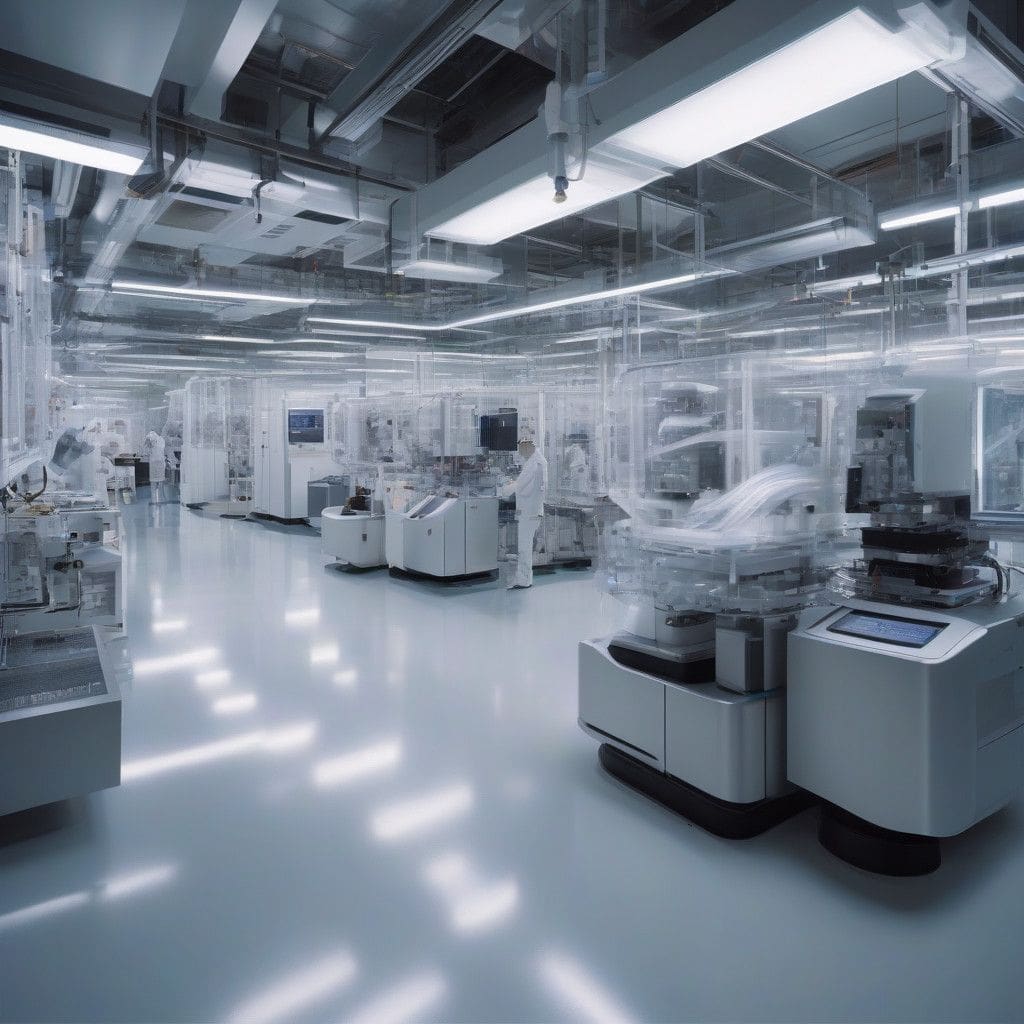OpenAI, a prominent name in the artificial intelligence landscape, turns its gaze towards the semiconductor industry with a bold proposal that has raised eyebrows in the tech world. CEO Sam Altman has set forth an audacious plan to build 36 wafer fabrication plants (fabs) aimed at producing AI chips, potentially requiring a staggering investment of $7 trillion. This ambitious initiative, if realized, underscores the escalating demand for computing power in the AI sector, as well as the challenges of scaling production capacity to meet these needs.
At its core, the proposal seeks to create facilities capable of supporting the growing infrastructure necessary for AI development. The rapid advancement of AI technologies—particularly in machine learning and data processing—demands increasingly sophisticated hardware. As the market for AI solutions expands, so too does the need for advanced chips. The planned fabs are envisioned as a solution to this problem, with funding anticipated from partnerships in the Middle East, particularly from the United Arab Emirates.
However, there are significant hurdles to overcome. Altman himself acknowledged that the timeframe for such a massive undertaking could reach several years. Engaging with well-established chip manufacturers like TSMC (Taiwan Semiconductor Manufacturing Company) and Samsung, Altman faced skepticism regarding the feasibility of his proposal. TSMC, a leader in chip manufacturing, indicated that even a handful of additional fabs would require massive capital investment and entail substantial risk. Building a single wafer fab can easily cost in the range of billions of dollars, depending on various factors including location and technological requirements.
To illustrate, consider the current market standards: Intel’s factories in Arizona, for instance, are projected to cost about $15 billion each, while Samsung’s fabrication facility in Texas has an expected price tag of around $25 billion. These figures highlight the tremendous financial and logistical challenges associated with building new manufacturing capabilities in an increasingly competitive industry.
The cost of constructing fabs isn’t uniform; it varies significantly by region. Asia, with its established supply chains and skilled labor pools, stands to benefit from comparatively lower costs. The infrastructure for chip production is more developed in countries like Taiwan and South Korea, leading to efficiencies that are not easily replicated elsewhere. Conversely, constructing fabs in regions such as Europe or the United States often involves higher costs due to the need to import technology and build local supply chains from the ground up.
This aspect of manufacturing signifies broader implications for global tech production. In a world that increasingly relies on AI for everything from consumer goods to complex problem-solving, the geopolitical landscape surrounding semiconductors grows more complex. Countries seeking to position themselves as leaders in AI will need to invest heavily not just in technology development but also in manufacturing capabilities that can keep pace with the rapid advancement of AI deployment in various sectors.
Moreover, the drive for domestic semiconductor manufacturing is not exclusive to OpenAI. Nations worldwide are revisiting their strategies in light of recent supply chain disruptions emphasized during the COVID-19 pandemic and geopolitical tensions. Governments are keenly aware that controlling semiconductor production is crucial for national security, making partnerships and investments in this industry strategic priorities.
In conclusion, OpenAI’s ambitious plan reflects a critical understanding of the intersection between artificial intelligence and semiconductor manufacturing. It highlights the significant investments and planning required to scale production capabilities to match the growing demand for AI technologies. The challenges that lie ahead are many, but the potential rewards—both for OpenAI and the tech landscape at large—could be transformative, provided the vision is executed effectively and sustainably.
